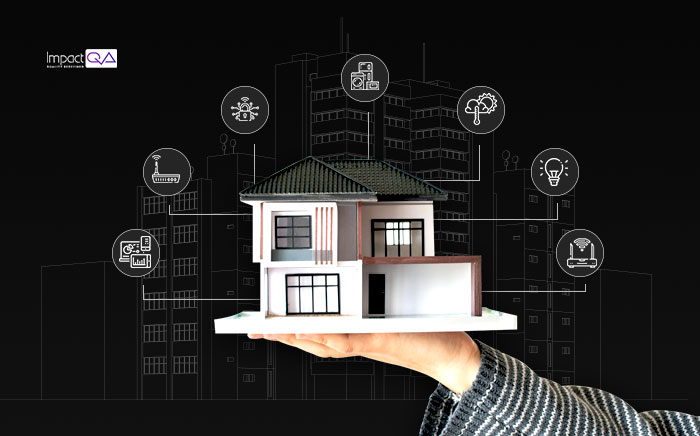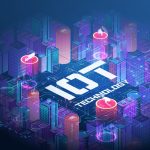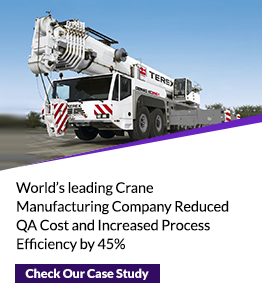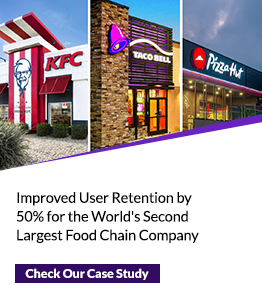IoT Technology: An Inevitable Aspect in Real Estate Management

Though the term, Internet of Things (IoT) was coined over twenty years ago, its relevance in today’s market is more than ever. While consumer-oriented IoT devices have gained more popularity today, it’s the enterprise-level adoption of the technology that’s destined to have a bigger impact across industries. The Commercial Real Estate (CRE) industry is uniquely positioned to implement this technology with the use of efficient IoT enabled building management systems to enhance a building’s performance and ultimately deliver an enhanced building user experience. A recent smart city forecast by Mordor Intelligence states the smart cities market was valued at USD 739.78 billion in 2020 and is expected to reach USD 2036.10 billion by 2026 and grow at a CAGR of 18.22% over the forecast period (2021 – 2026). The increase in the adoption of green technology will drive the market in the forecast period. It also mentions how leveraging Artificial Intelligence (AI) through the Internet of Things (IoT) will continue to unlock opportunities within cities, including autonomous vehicles, adaptive energy systems, and even smart healthcare.

Additionally, as per research by Gartner, smart commercial buildings will be the highest user of the Internet of Things (IoT) until 2017, after which smart homes will take the lead with just over 1 billion connected things in 2018. Other than allowing CRE to expose wide segments of the universal population to IoT technology, these advancements will provide property owners to have direct relationships with the users. This would lead to building relationships with customers as well as strengthening tenant engagement.
IoT At a Glance: Introduction
The popular IoT technology that we most often talk about involves a network of internet-connected devices, such as processors, sensors and communication hardware, that work in a collective environment to gather and transfer data with limited human intervention. Having said that, the primary backbone of any IoT based application is data. These devices collect data through embedded sensors via machine learning.
One of the major highlights of IoT is the seamless communication systems it offers between people, processes and things. It produces the necessary data and insights needed to visualise usage patterns and streamline work processes to get that necessary edge in the market.
IoT in Real Estate Industry
With technology overpowering almost every other sector of the current business scenario, the fundamental truth about commercial real estate is the location. Better the location, the higher the price. The latest IoT based Commercial Real Estate (CRE) applications come into the picture here. They help create value to the customer, differentiate from competitors and help find new sources of revenue along with simplifying the search for regular hygiene requirements like availability of nearby customers, employees, suppliers, etc.
Even though IoT has had a significant impact on the cost reduction strategies, their primary aim is to grow margins and enable advanced features such as dramatically more efficient infrastructure operations, enhanced tenant relationships and latest revenue generation opportunities all contributing towards smarter living spaces. Consider the popular smart thermostats that help adjust the temperature, humidity and light based on your preference and climatic conditions.
Why Real Estate?
To note, one of the major sources of successful IoT adoption in any system is the further development of machine learning and artificial intelligence. Development is the key. All major decisions that we take are based on the data that’s collected from interconnected devices synthesized into one system. That’s where AI comes in.
Utility And Energy Efficiency
The focus today has moved towards the adoption of technology that drives energy and utility efficiencies. Cost savings from energy-efficient practices can make a huge impact on net operating income (NOI). For example:
- Considering climatic changes while incorporating advances in property systems
- Fine charged in case of non-compliance to property owners
Property Management
One of the primary motivators to advanced property management practices has been the intrusion of COVID19. To elaborate, one of the basic applications of IoT in real estate is the development of smart homes and buildings. The use of Alexa or smart lock systems on your door or using applications like DARWIN by Delos that helps promote wellness in the home and mitigate the environmental factors that can impact health, happiness and wellbeing are all examples of technological advancements that streamlines the property management process.
With the coming in of COVID19, focus towards touchless solutions has increased. Areas like building entry points, door handles, stairs, doors and elevators are focus areas that contribute towards the transmission of the COVID virus. Touchless solutions are deployed in these areas to streamline operations that require integration through applications. Now, because these applications have high user dependencies, thorough quality assurance services are required to ensure the app is well integrated with smooth data transmission and coding.
Real Estate Investment Management and IoT
Let’s have a look at how IoT has been penetrating the real estate investment management industry.
1. Increased Acquisitions
Property renting and buying applications that help acquire properties are the target applications that require property management features. Devices are installed to transmit data directly from the internet. Information that includes data about the square footage rea, prices, 360-degree virtual tours, amenities, etc.
2. Financial Evaluations
Data integration, an essential feature of IoT here can help collect relevant information in terms of property costs based on their location, connectivity, ease of living, etc. This data aids decision making to your customers and in turn help avoid poor financial planning.
3. Trends and Predictive Analysis
With updated applications supported by ML, AI and enhanced predictive analysis, investment managers get assistance in better decision making. Management can access data that talks about the latest market trends and advancements.
4. Improved Development
IoT assists with the development phases of real estate investment management through updates on necessary repairs and maintenance requirements indicated by IoT enabled smart applications. IoT devices are used to transform properties into smart buildings that are much more valuable to the current property market.
To Conclude
Modern businesses today are highly motivated by IoT advancements and the possibility of reducing operational costs, improving revenue and increasing productivity. Businesses that utilise IoT can thrive in the coming future, as they achieve a significant edge over their competitors in the market.
IoT technology allows them to automate processes and decrease labour costs. As a result, IoT is one of the most essential technologies of the modern business world, and it will continue to gain popularity as more businesses recognize its potential to keep them competitive.
The integration of these technical devices is the key to a fully functional and efficient application. We at ImpactQA provide end to end functional and non-functional validation services for IoT implementations on multiple devices in a dynamic working environment. Our comprehensive software testing solutions ensure security and quality to stay connected, leveraging technology for advanced ways of living.
Hire our dedicated IoT testing services to overcome integration challenges related to your applications & products.






